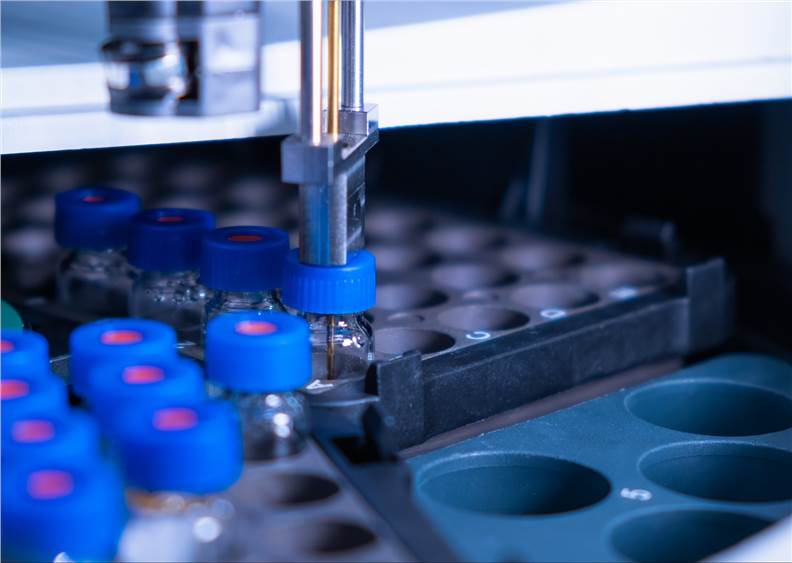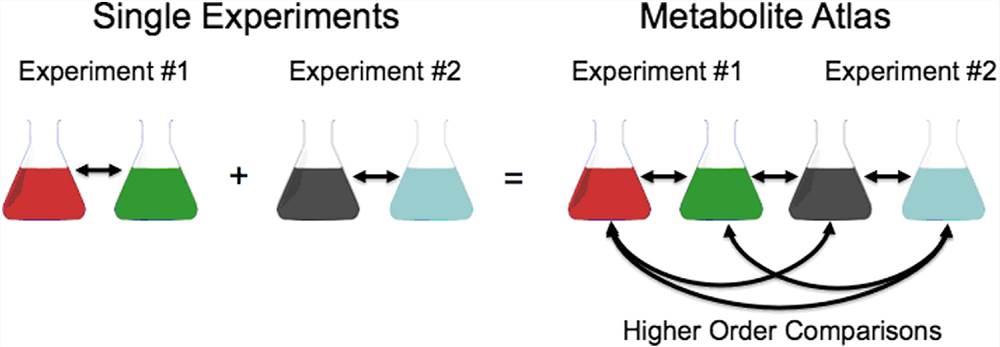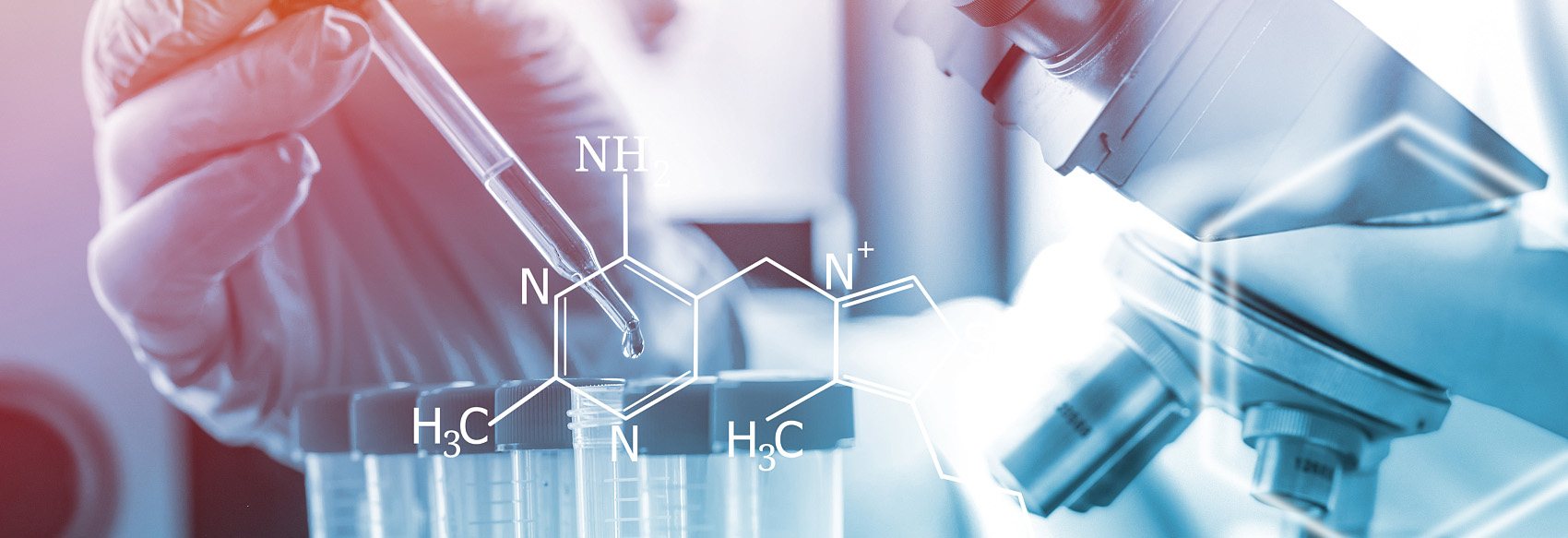Small molecules that are repeatedly discovered but whose chemical identity is unknown are known as unknown metabolites, and in metabolomics research, they can be differentiated and quantified based on spectroscopic data. Identification of unknown compounds is time-consuming and costly, often requiring preparative scale separations for NMR studies or extensive chemical synthesis before structural comparisons can be made using tandem mass spectrometry (MS/MS). The successful identification of unknown metabolites will have a significant impact on biomarker discovery and histological studies.
Our company has the ability to sequence, study and ultimately identify different classes of non-characterized metabolites through efficient methods to identify unknown compounds in metabolomics samples. Our solution for identifying unidentified metabolites aids clients in correctly identifying metabolites in intricate biological samples. We are continuously developing tools and databases with the expectation of enabling authentic and complete identification of all metabolites in an automated manner.
Service Overview

Our company combines nuclear magnetic resonance (NMR), liquid chromatography with tandem mass spectrometry (LC-MS-MS), and bioinformatics analysis methods to provide mass spectrometry-based analytical services to identify unknown metabolites, allowing accurate identification of complex biological samples in metabolites.
In liquid chromatography-mass spectrometry (LC-MS) experiments, an unknown compound will be defined by a unique retention time, one or more masses, or a specific primary ion fragmentation pattern. In an NMR experiment, an unknown compound will be defined by a pattern of chemical shifts.
Those with the same distinguishable nominal mass, those with the same distinguishable nominal mass but different molecular formulae and isotopic masses, and those with the same distinguishable nominal and isotopic masses but different chemical structures will be distinguished.
Our company will eventually provide a detailed technical report that includes:
- Experimental steps
- Relevant mass spectrometry parameters
- Quantitative or quantitative information of the identified substance
- Mass spectral map
- Raw data
Identification Process
Due to the cost and effort required to identify unknown metabolites, we select only the "most important" features for identification. Typically, the work requires four steps.
(1) The unique features of each sample are defined computationally to allow comparison of the abundance of samples in the experiment.
(2) Statistical methods are used to identify the features with the largest and most significant variation.
(3) Annotation of the identified features to specify isotopes, adducts, degradation products, etc.
(4) Neutral masses are generated by searching metabolite databases to identify candidates for further analysis.
Research Capabilities
Constructing method-specific metabolite profiles
Our company performs the construction of metabolite profiles by simply accumulating data from multiple experiments performed on similar biological samples using the same LC-MS method. This allows researchers to utilize the same annotations in multiple experiments. For example, "artifact" features (i.e., adducts and degradation products) can be identified once, which in the long run avoids wasting effort re-identifying non-biological features.
 Fig.1 Metabolite profiles. Single experiments using similar biological samples were combined into LC-MS method-specific metabolite profiles for additional experimental comparisons. (Bowen B. P, et al. 2010)
Fig.1 Metabolite profiles. Single experiments using similar biological samples were combined into LC-MS method-specific metabolite profiles for additional experimental comparisons. (Bowen B. P, et al. 2010)
Sample Requirements
The samples we can identify include serum, plasma, urine, bile, bile acids; animal tissues such as cells, liver, brain tissue, feces, etc., plants, yeast, microorganisms, etc.
Total number of samples required
| Blood, bile | 10 μL |
| Various tissues | 10 mg |
| Feces | 10 mg |
Our Features
- Strict quality control: The quality of each project is controlled and evaluated.
- Professional services: Project after-sales guarantee, including data release support.
If you are looking for smarter, higher quality solutions that incorporate best practices, please feel free to contact us.
Reference
- Bowen B. P, et al. (2010). "Dealing with the Unknown: Metabolomics and Metabolite Atlases." Journal of the American Society for Mass Spectrometry. 21(9): 1471-1476.
Related Services
It should be noted that our service is only used for research, not for clinical use.


 Fig.1 Metabolite profiles. Single experiments using similar biological samples were combined into LC-MS method-specific metabolite profiles for additional experimental comparisons. (Bowen B. P, et al. 2010)
Fig.1 Metabolite profiles. Single experiments using similar biological samples were combined into LC-MS method-specific metabolite profiles for additional experimental comparisons. (Bowen B. P, et al. 2010)